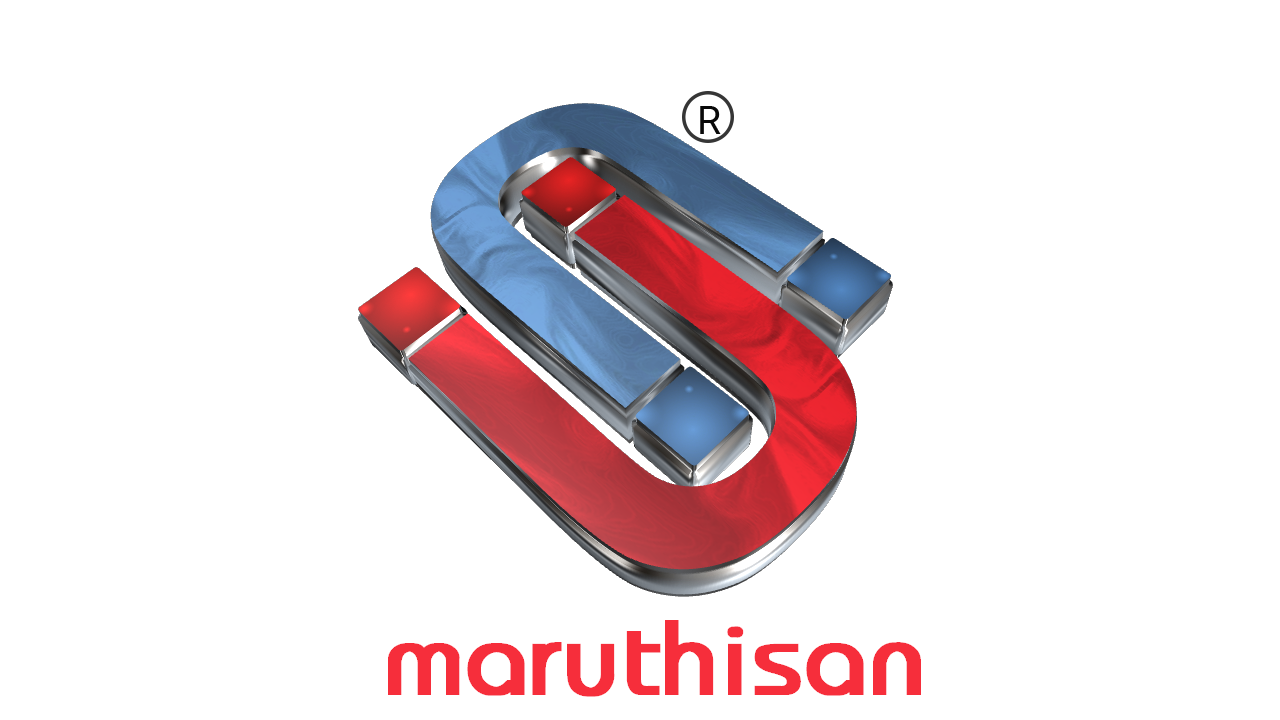Petrol scooters VS Electric scooters: Which one is better?
According to Statista, in 2019, about 75% of the total vehicle fleet operating in India was made up of two-wheelers. Since then the number has only increased. By successfully targeting audiences from every age group, from 18 to 65+ years, the two-wheeler market in India has inflated with time. One of the major reasons behind the increasing demand for two-wheelers is their convenience and price.
The increasing demand for scooters and the continuous innovation of new technologies have evolved the two-wheeler industry massively. The future of mobility is at a crossroads where customers are left to choose from petrol or electric scooters.
The petrol scooters have been in the market for ages and have evolved in style, design and specifications with time. EV scooters in India are a relatively new concept but have seen greater heights in the last couple of years. Statista states that the Indian scooters segment is estimated to flourish by 6.49% from FY 2022 to 2026 and will result in a $6.59Bn (US) in market volume by 2026.
The increasing demand of the Indian population to purchase a scooter leaves them with two options. Even though the discussion of EVs always pops up when debate regarding the declining air quality and rising petrol prices surfaces still, several people find it difficult to choose between the two.
Let us conduct a thorough comparative study between petrol and EV scooters in India to know which one is a better option.
Pricing
EV scooters in India are expensive compared to petrol ones. Most of the EV scooters in India are packed with expensive lithium-ion batteries which makes the EV scooters costlier than their petrol counterparts. Apart from the high upfront cost, an EV scooter proves to be cheaper in the long run. Electric scooters comprise one or more electric motors instead of internal combustion engines and run on batteries.
A maximum number of EV scooters in India comprise lithium-ion batteries which ensure safety, fast & safe charging and reduce the two-wheeler weight by 50%-60% as compared to its lead-acid equivalent. Charging the batteries of EV scooters in India is much cheaper than refuelling the car with petrol. The price of petrol is reaching sky-high and burning a hole in the pockets of petrol-powered scooter owners. Switching to an EV scooter, therefore, can be a smart choice which can help in saving a substantial amount in the long run. Maruthisan EV scooters help to run the scooter at 15p/km which saves money on daily commutating.
Petrol scooters comprise an internal combustion engine which has higher moving parts than the EV scooters in India. More moving parts indicate increasing maintenance and servicing of the scooter at regular intervals. EV scooters comprise fewer moving parts and therefore, require minimum maintenance, helping in saving additional money compared to the petrol two-wheelers.
Maintenance
Petrol scooters possess ICE (internal combustion engine) and have several moving parts. To ensure the safety and proper functioning of the scooters these require servicing at regular intervals, otherwise, their performance will decline with time. The servicing costs continue to build with time making petrol scooters highly expensive. EV scooters on the other hand possess electric motors which have fewer moving parts making them low maintenance.
Refuelling vs Charging
Similar to smartphones and laptops, EV scooters in India possess batteries which require regular charging to operate. They come with detachable batteries that can get charged anywhere with a regular socket. Charging of EVs can be done anywhere conveniently.
The fastest-selling scooter of Maruthisan, MS 3.0 offer a range of 140-260km/charging which helps the owner in saving up on the petrol price.
One of the biggest downsides of petrol scooters is the ever-increasing fuel prices. The sky-high petrol price increases the running cost of the scooter, further the distance covered on every litre of petrol largely depends on the efficiency of the scooter. All these complications make petrol bikes less appealing in front of EV scooters in India.
The expense of the environment

The combustion of deadly petrol is one of the biggest contributors to noise & air pollution that is also a result of using fossil fuel-based vehicles. Burning of petrol leads to high CO2 emissions that can lead to an exorbitant increase in greenhouse gases resulting in climate changes. An internal combustion engine-passenger vehicle on average emits 4.6 tonnes of carbon dioxide each year and a single litre of petrol can produce around 2.3kilogram of CO2. These are eventually taking a toll on the environment and public health.
Electric scooters, unlike their petrol counterparts, generate a minimum carbon footprint and 0% of carbon dioxide emission as they can be charged completely with a renewable source of energy like solar. In the future, continuous innovations and advancements will increase the reliance on non-renewable resources and will shift towards clean and renewable energy sources like solar & wind energy, which will further enhance the demand for EV scooters in India.
Conclusion
While comparing EV scooters in India with petrol ones, the answer is quite clear. EV scooters in India are quite the convenient choice in terms of cost-saving, pricing, energy efficiency, sustainability and being beneficial to the environment. It has already become popular and can be spotted on the roads more than often not only for personal commuting but also for public utility vehicles and transportation. The sales of electric two-wheelers in India have already witnessed a new high. According to Energyworld.com, in one of the reports, SMEV stated that the sales of electric two-wheelers have jumped by 132% in 2021 and a total of units of 100,971 have been sold. With continuous technological advancements and innovation, this number will only increase and electric vehicles will become the future of mobility.

